DI.A 2015 Breakout Sessions | What makes an EWS Race Bike


Like many processes, bike evolution runs in cycles; following trends and mirroring the changing face of the sport. In the beginning it was one-bike-to-do-it-all, before we spiralled into endless categories, XC, Downhill, Freeride, All Mountain (AM), Trail and now Enduro. With each generation, bikes have become more capable; but who is guiding this unstoppable development?
It could be argued that innovation comes not from the normal rider, but is driven by the people pushing the sport to its very limits. When we were all buying Freeride bikes back in the 00’s how many of us were hucking cliffs like Bender, certainly not me, but I still wanted more travel just so I knew that I could. Then bikes began to change, ‘All Mountain’ was the ‘in thing’ and adventure drove both our passion and bike design. Bikes became long legged and capable, swift climbers, that could descend over rough ground, unlocking new mountains and trails. If you look at the bikes of today, there is a new trend emerging, so who is now driving bike design?
For the last few years, the ‘fun and adventure’ nature of AM has focussed bike design on generating efficiency for all day adventures and big mountain climbs. There was no ‘elite’ representation of the genre, but then everything changed; we now have the Enduro World Series! In just two years the series has become a proving ground for bike design, cutting edge bikes being ridden by the fastest riders on the planet. Bikes are now being developed, not only to climb for long periods of time, but also to descend with maximum control and speed over some of the most challenging terrain on the planet, and to be measured against the clock.
At our recent Design & Innovation Award 2015, we had over 30 bikes on test and it was easy to see how the trends were shifting. The latest in high performance bikes deliver a mix of componentry and geometry that pack an impressive punch, and the latest buzz words are clearly ‘low and long’. If you browse through the latest geometry tables, head angles are getting slacker, top tubes are growing and wheelbases are now long enough to frighten full on DH rigs. Experience has shown that long and slack bikes are very stable at speed, built to handle the fastest Alpine enduro stages, but is that at the sacrifice of enjoyment?
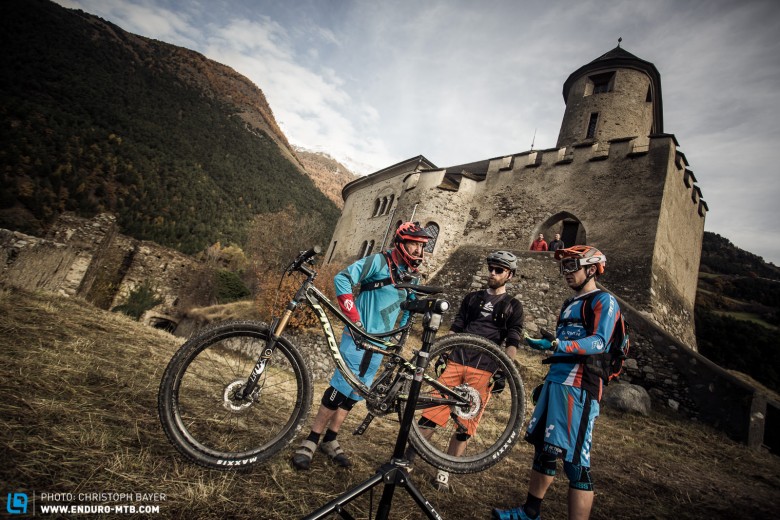
So if innovation is being driven from the top, what is it exactly that makes an EWS race bike? Luckily we had elite racer Nico Lau joining us to talk us through the new trends; and he had brought along his EWS round winning Cube Stereo. In answer to our previous question the easy ‘off the cuff’ answer (that is being used by the industry) is simply, longer, lower and slacker right? Well, all is not quite so clear. Nico’s size Medium Cube stereo has a top tube length of 586 mm, which comes in pretty short against the 605 mm of the new Yeti SB6c and 629mm of the Canyon Strive CF Race. The head angle is also half a degree steeper too, how does that impact its function as a race bike for Nico? He answers “I ride quite a short bike and short stem as I like playing with the bike, jumping out of the trail trying to find new lines. That is my riding style and I am quite surprised how every brand is making bikes longer and longer, for me a shorter more playful bike is much more appealing.”
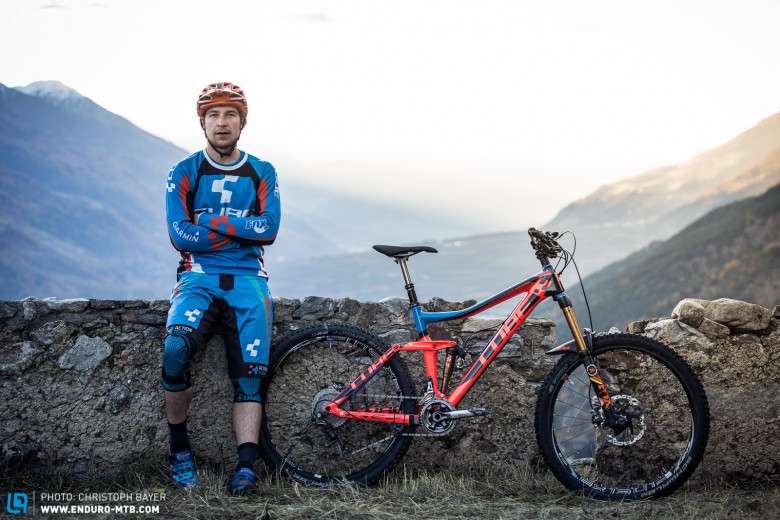
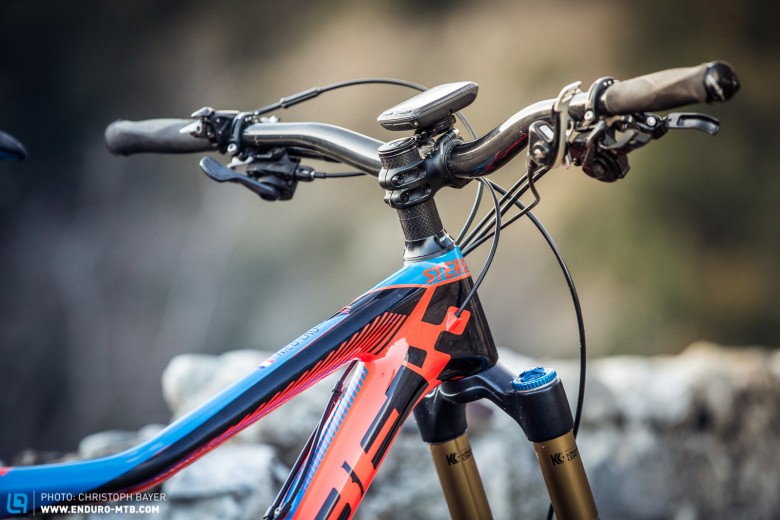
So maybe we have reached a point where elite level racing has become so close that the specificity of a bike is becoming a bigger factor, Nico talks on his best results of the season; “For example in Scotland, the bike was a really fast bike for the terrain, and it was a terrain that I really like; the same for Whistler, and I had my best EWS results there. Where the stages are twisty and technical, the bike works really well in these kind of conditions. But the reverse is true in that in the US, with its fast berms; a longer bike would have been better. I think it is more important to choose a bike that reflects the kind of riding you enjoy and the trails where you live”
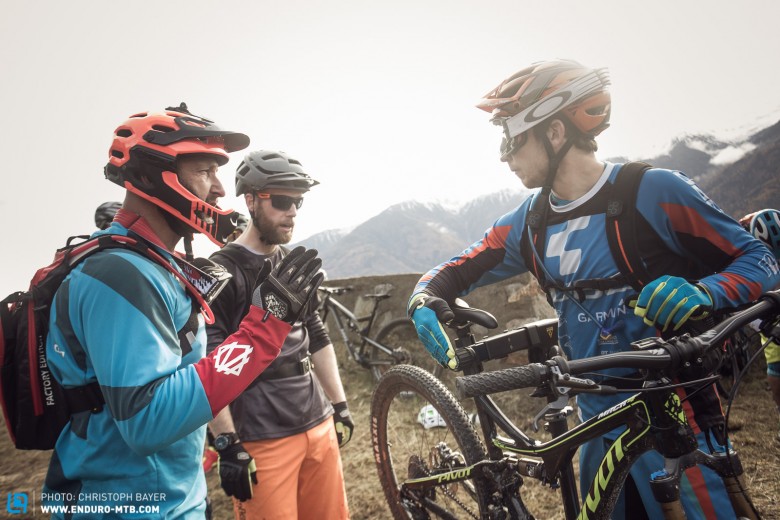
So, if there is not a simple geometry solution to make a bike fast in all conditions, where else do top teams find the advantage? Perhaps travel is the answer, 160 mm is the norm in the enduro sector, but Nico chooses to run a 180 mm fork in his 160 mm Stereo, and has also been testing a new 180 mm Cube Fritz. “I like to run a 180 mm fork on my Stereo, and then I tried the Fritz full 180 mm bike; it is only 400g heavier than the carbon framed stereo, and with a good pedalling position the extra travel can only be considered an advantage. The 180 mm bike allows me to hit runs again and again with less fatigue, I can still ride up easily but then have a real downhill bike. I love this kind of feeling, downhill bike suspension with enduro bike weight. You have everything you need to ride fast, it’s light and you have everything you need, so you can get reckless.”

Maybe the secret behind race winning bikes is down to components, does good suspension and new products have more of an influence than geometry? Nico explained; “We work pretty hard with FOX and Cube to get the best set-up, last year we built a specific piggyback for the old frame. We have been testing new shocks which are really good, and Cube have built a specific front triangle just for us as the next part of the evolution. I’m also a fan of innovation and really like the new Pro-Core system, and will be one of a lucky few riders running a double Di2 XTR drivetrain next season with a single shifter. But I think the most important thing for a race bike is to make sure that you arrive at the finish. It doesn’t matter if you are racing or simply riding somewhere amazing on your bike, breaking your bike is the worst thing that can happen, but shit happens. That is why I use DH casing tires and bigger brakes too. I am testing the new XTR at the moment and I will run them for events with less elevation such as Scotland and Ireland, but for the big mountain events I will be using Saints.”
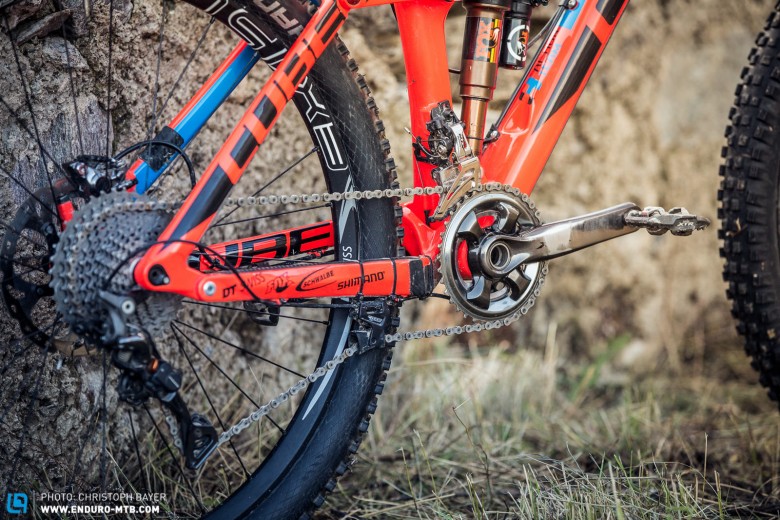
So it seems that there is no recipe for a race winning bike, but a more subtle mix of ingredients; that combined with the right rider, and the right trails can claim the top spot. We are certainly reaching a point now where bikes targeted at the EWS racer have to excel in every aspect, they can be pedalled up 2000 metre climbs while still being uncompromising and brutally fast on the downs. With innovation again being driven by elite racers, and a format that is incredibly diverse, we can expect to see some amazing improvements in the bikes that we ride.
Photos: Christoph Bayer
Did you enjoy this article? If so, we would be stoked if you decide to support us with a monthly contribution. By becoming a supporter of ENDURO, you will help secure a sustainable future for high-quality mountain bike journalism. Click here to learn more.








